Camphill in the Time of Coronavirus
How our communities have
continued to thrive in the midst of a pandemic
It goes without saying that the coronavirus pandemic has rocked the world, leaving only a handful of countries unaffected. In March 2020 cases spiked and many states issued stay-at-home orders while non-essential businesses shuttered. At the time of writing there have been 5.4 million confirmed cases in the United States alone. Schools that have welcomed students to campus this August are now reporting huge outbreaks—yet not one of the Camphill communities in the United States (or Canada) has experienced an outbreak of any size.
How is that possible?
These are intentional, residential communities—each with dozens to hundreds of people—who live, work, eat, and socialize together—often in close quarters.
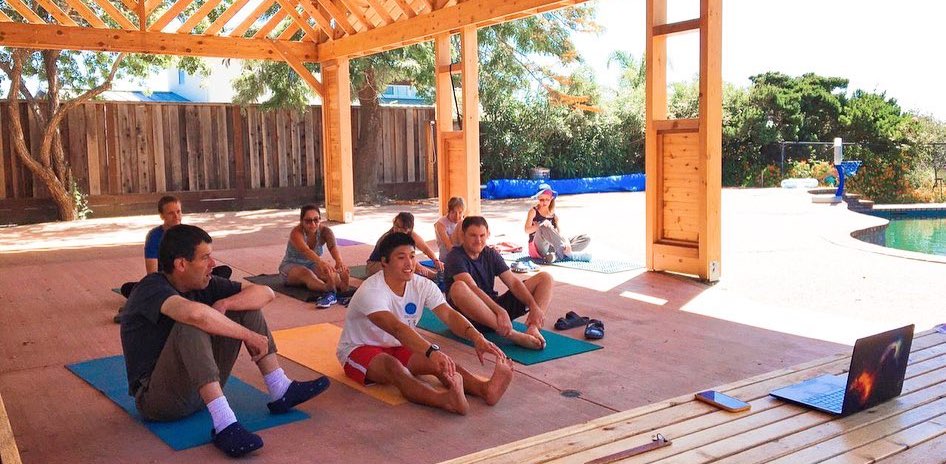
Yet at a time when foreigners were urged to return to their home countries, most international Camphill volunteers stayed. At a time when Americans are unable to volunteer and study abroad, Camphill applications are not only open, but have seen a 10-fold increase in interest from Americans who were seeking to unpause their lives – to experience more community, more nature, and deeper purpose.
In many ways Camphill communities were already uniquely suited to quickly and effectively deal with the coronavirus pandemic. And while they had to make adjustments and sacrifices like everyone else, the 1,200 or so members of the North American Camphill communities were able to maintain both community health and a full life. Much of the work in Camphill is considered an “essential service”—caring for our land, our animals, and each other—and this means everyone in Camphill is an essential worker in a very safe environment.
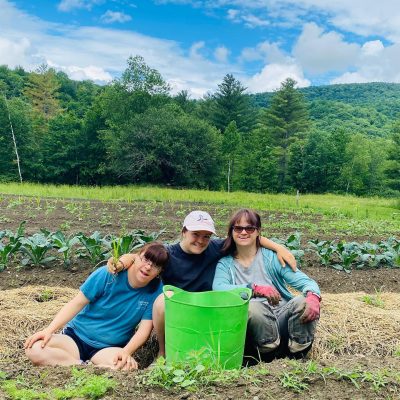
“Life here is still pretty rich,” says Minh Vinh Ngo, a fifth year coworker and Camphill Academy student at Camphill California. “We still get to do a lot of fun things together. Just the living together aspect is what makes it so interesting and special.”
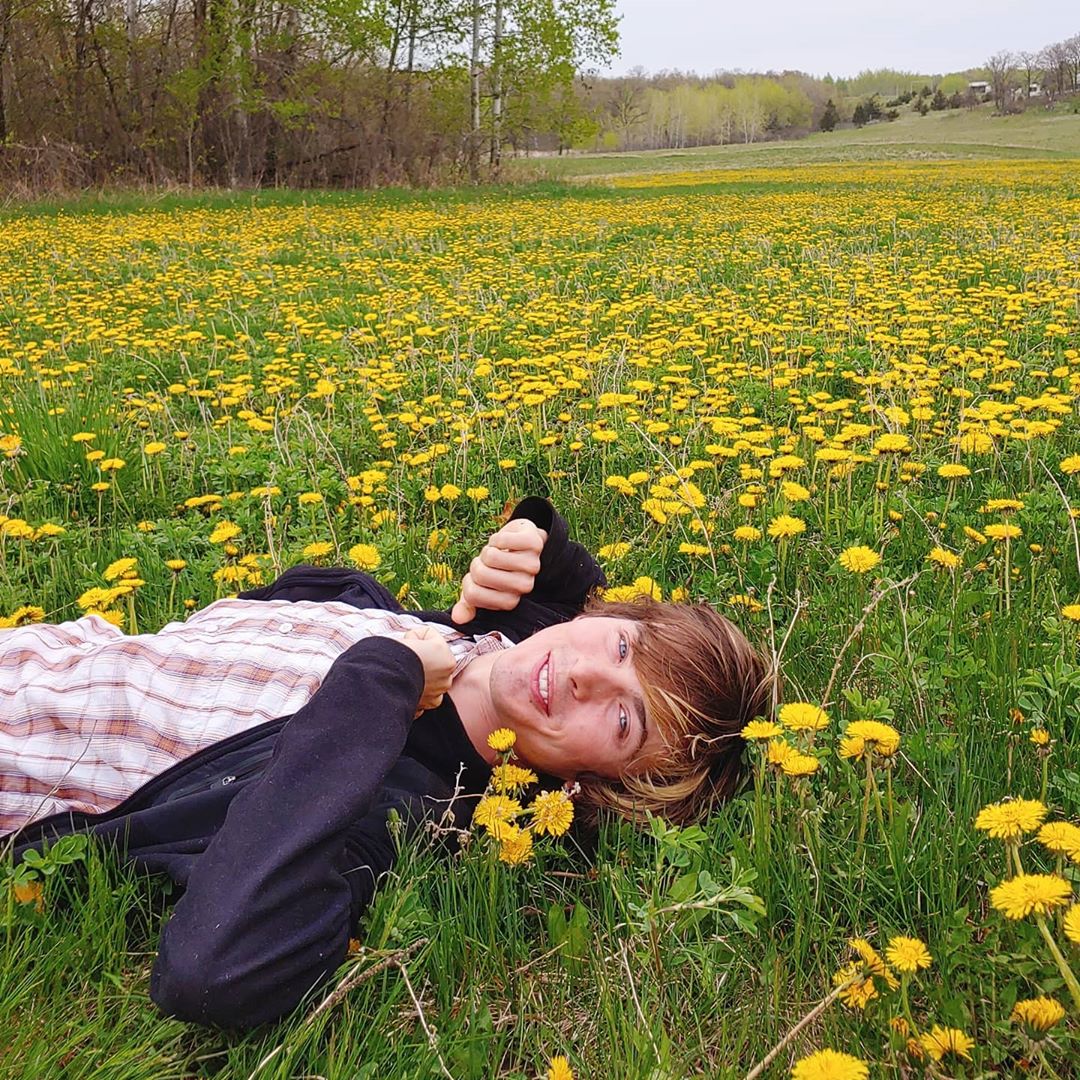
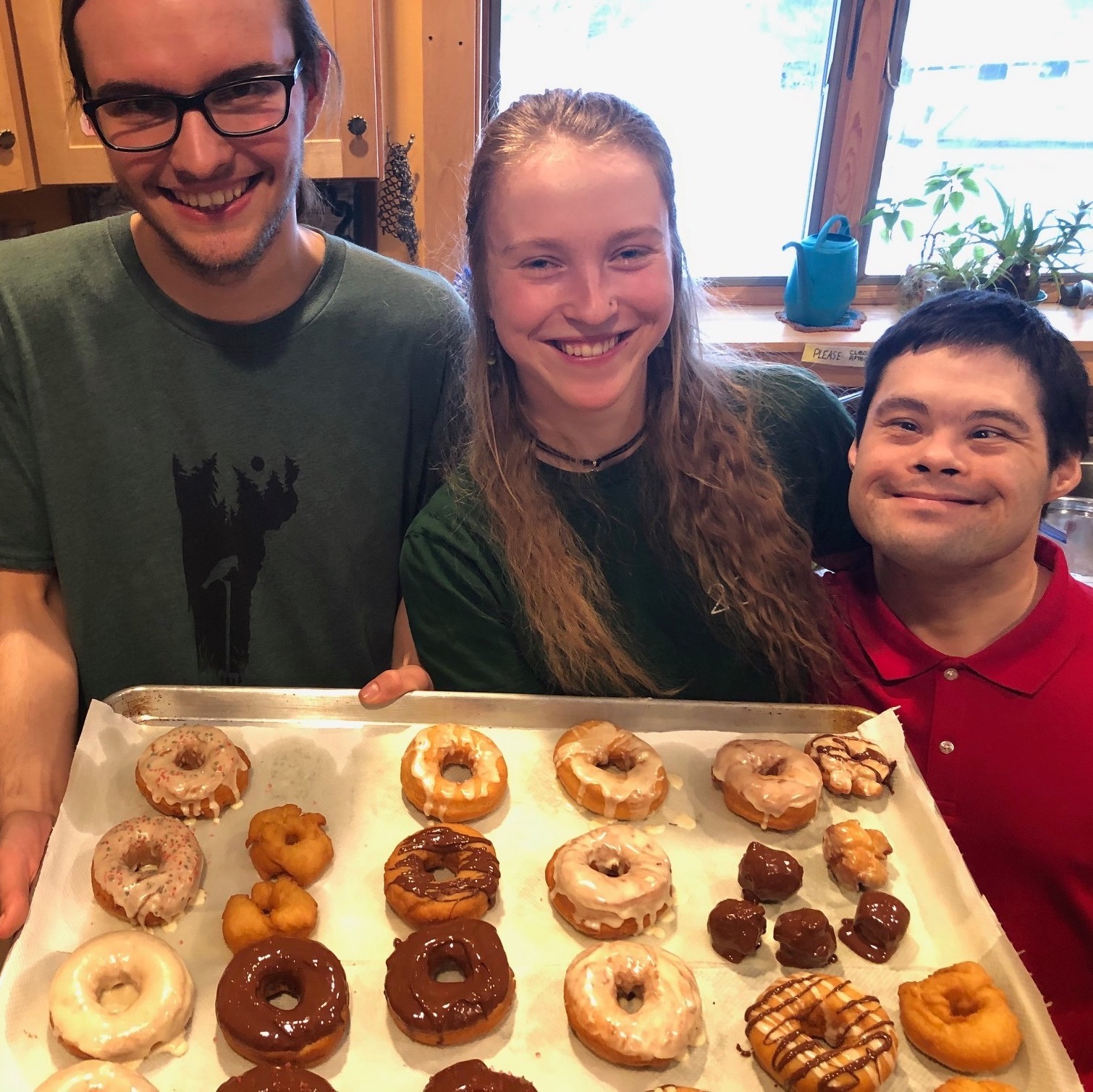
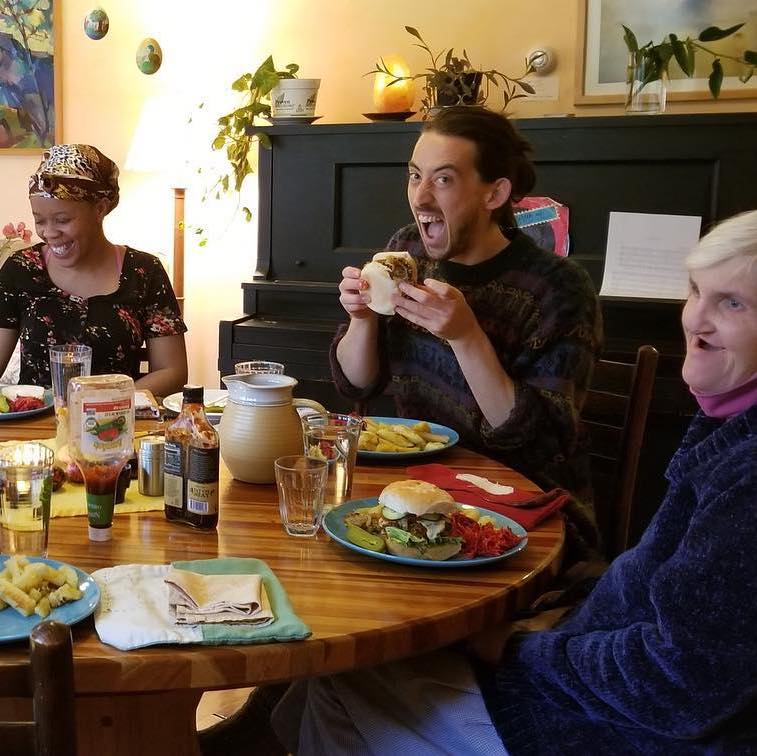
Within some communities, pods were formed between one or two houses so that people sheltered in place with a limited group. In others, the whole community functioned as one big bubble.
This, says Minh Vinh, has been the biggest change. While difficult at times, he sees many silver linings.
“What I think came about is that we have more time on our hands and we are spending a lot of time with each other in our house groups, which is a lot of opportunity to know someone on a deeper level,” he says.
At a time when many have been isolated at home on their own, Camphill residents were still able to safely socialize and feel connected to their community.
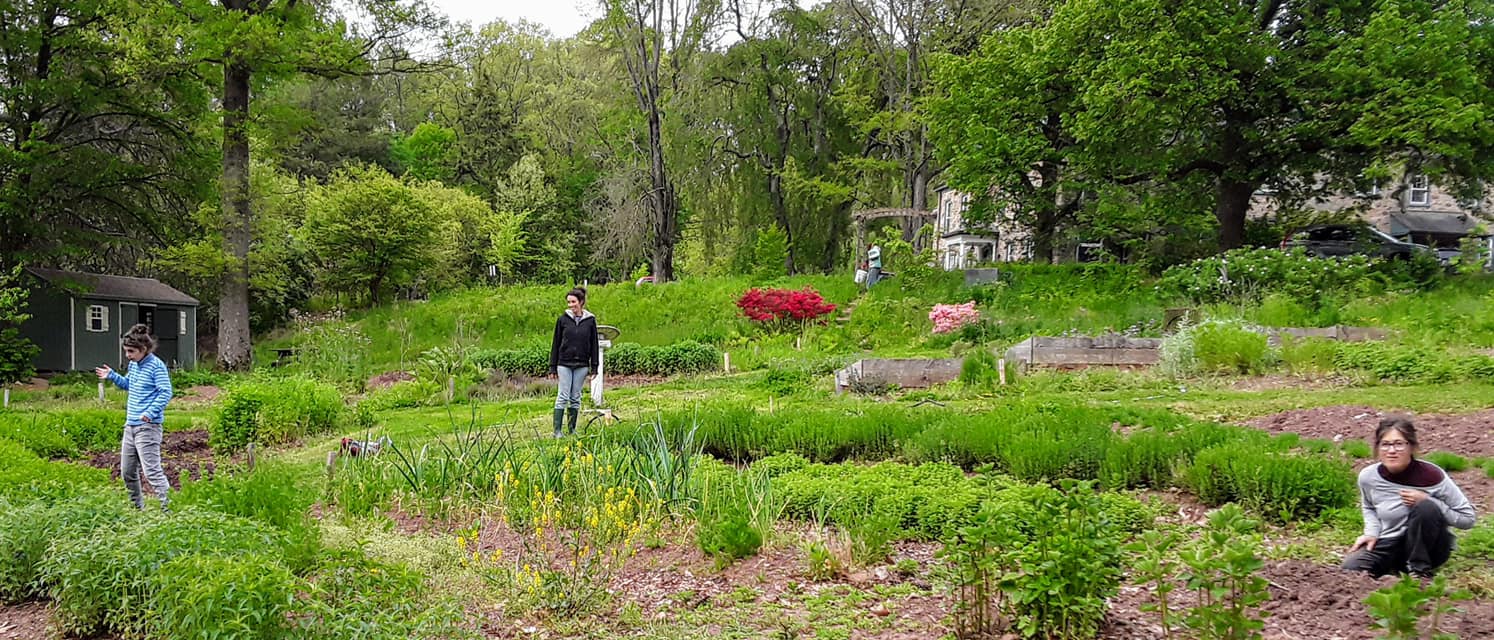
It also doesn’t hurt that most Camphill communities are nestled amongst many acres of gorgeous land—it certainly beats being isolated in a tiny urban apartment. Being able to easily get out in nature, tend to the gardens, or safely go for a walk has gone a long way towards maintaining mental health in the midst of a pandemic.
Missing family, but safer than home
Laura Meza arrived at Camphill Village Copake from Colombia in late February, just two weeks before things began to shut down because of the pandemic. International volunteers had to decide whether to stay or head home immediately. For Laura it wasn’t much of a question; she stayed—and her family is glad she’s there.
“They are quite happy that I’m here because home still is a difficult situation,” says Laura. “For my family back home it is quite a mess. I come from a main city in Columbia and the cases are quite alarming.”
Laura says that her family is amazed that she still has the freedom to walk around as she pleases since they are only allowed to leave their house on certain days.
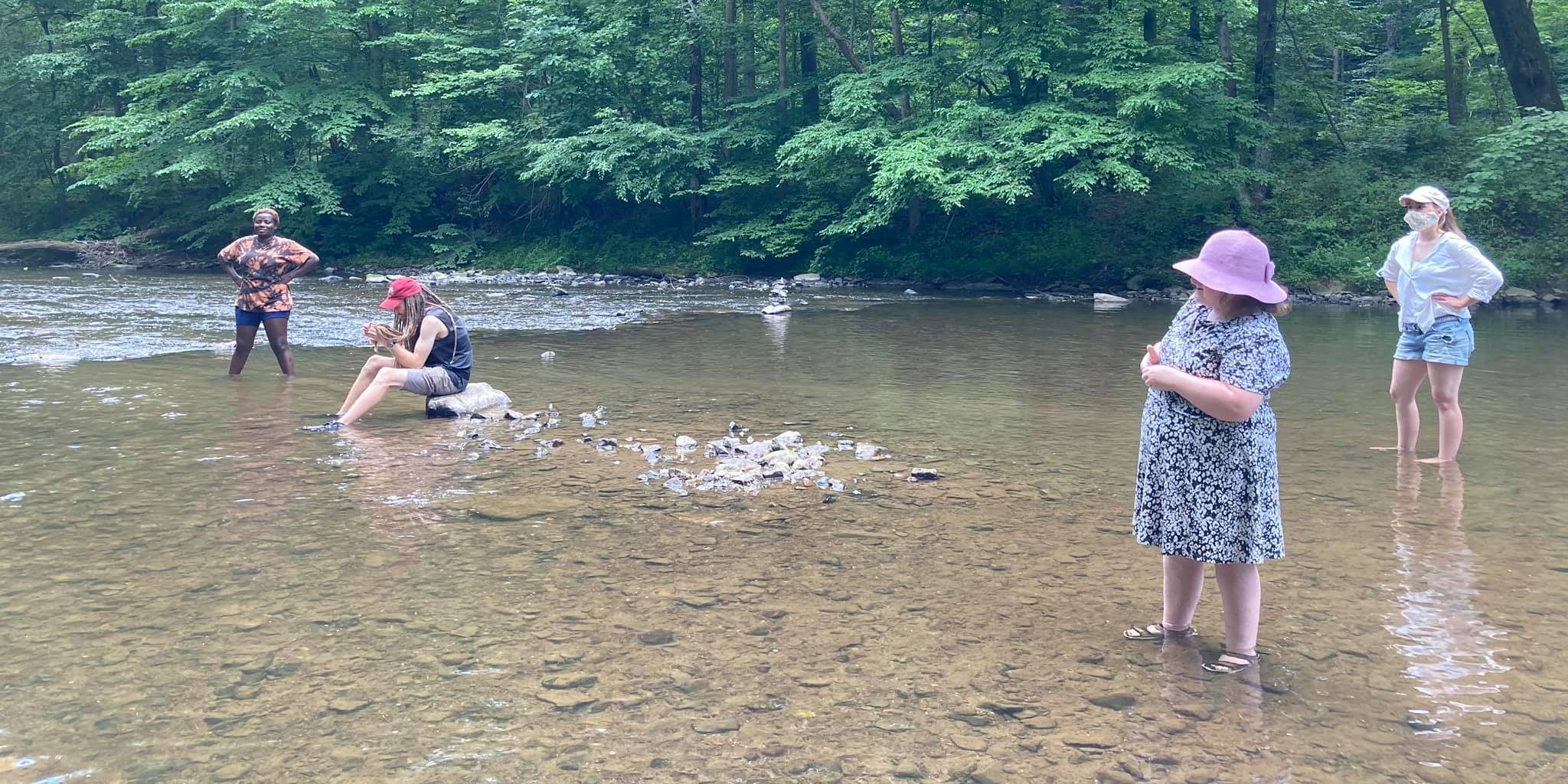
Minh Vinh, who is from Germany, made the same decision. “I have family members across the way and I was thinking about flying back, but the risks you are taking traveling to Germany right now, or when it was the peak, are great.”
Though he misses his family, Minh Vinh points out that at least we live in the 21st century and can have video calls with them often.
Safely bringing in new volunteers
Meanwhile, the number of Americans applying to volunteer at Camphill communities across the country is unprecedented. Many college students who don’t want to go virtual or recent grads looking for a fulfilling option find Camphill to be salve for the soul right now.
So communities have implemented thoughtful procedures that allow them to welcome new members while keeping everyone safe. In most communities, new volunteers get tested and then quarantine for two weeks on site before they are able to join a house.
“We have specific rooms in houses with their own bathroom and they get food and are connected to the communities through Zoom,” explains Minh Vinh. He says the community often gives the new volunteers little gifts and tries to make them feel as welcome as possible.
In some communities, little cottages and recently donated RVs have functioned as on-site quarantine spaces. New volunteers have space outdoors to work or explore from very safe distances.
Re-opening
As the curve has flattened in some areas, many Camphill communities are beginning to thoughtfully and cautiously reopen.
“For us it was a month ago we started opening back up again—but at a really slow pace,” explains Laura. “First the coworkers could go out with a strict protocol for disinfecting the car, washing clothes, and having a shower before you can interact with other folks. Progressively things have been moving up. Right now we’re even able to go on vacation.”
Challenges
Of course, this time hasn’t been without its challenges. Spending so much time with a smaller group of people can sometimes lead to tensions but also presents an opportunity to learn more about each other and grow.
And being cut off from seeing family in-person can be tough, especially for our residents with disabilities and international coworkers worrying about their families overseas, knowing the borders could be closed to them if they wanted to return.
“I have friends abroad who are positive for coronavirus and family that still have to struggle with their whole situation,” says Laura. “It’s difficult to know that you’re away and there’s nothing you can do—and that even if you go back there’s also nothing you can do about it.”
The responsibility of safeguarding so many people, staying nimble with the changing requirements in the early days of the pandemic, being physically cut off from the larger communities that are such an important and enriching part of our lives–it hasn’t always been easy by any means. But working through these challenges with other people who are committed to self-development and ever seeking a deeper understanding and care for our fellow human beings has been an inspiring and truly beautiful experience.
Silver linings
Despite all the hardship in the world right now, Camphill folks are nothing if not optimistic. As Laura says, “there has been lots of time for self-introspection, which has been life-changing. We’re always wanting to plan everything but this is really the first time life is on standby for everyone around the world.”
Minh Vinh also manages to find the good. “There is lots of opportunity which came out of this whole situation, this crisis. A certain adaptability was asked and as a community we have managed pretty well.”